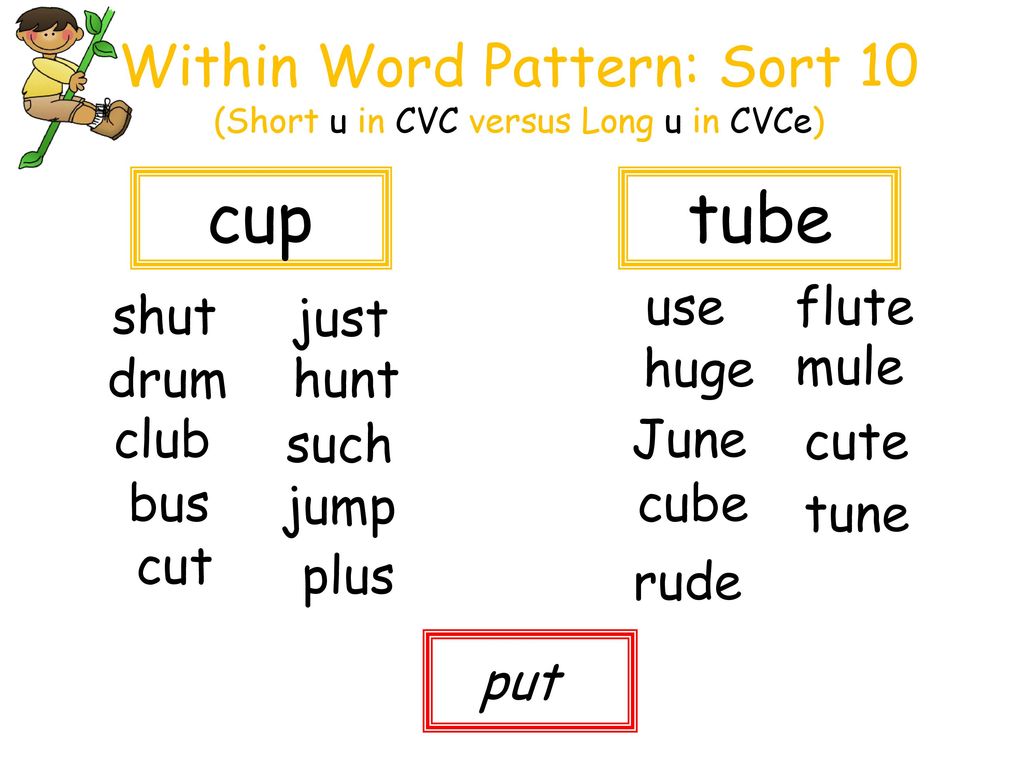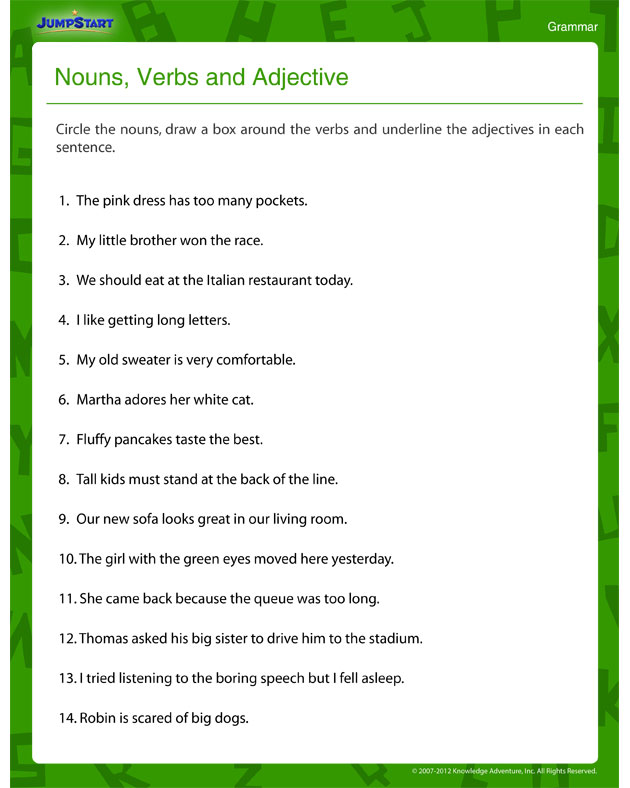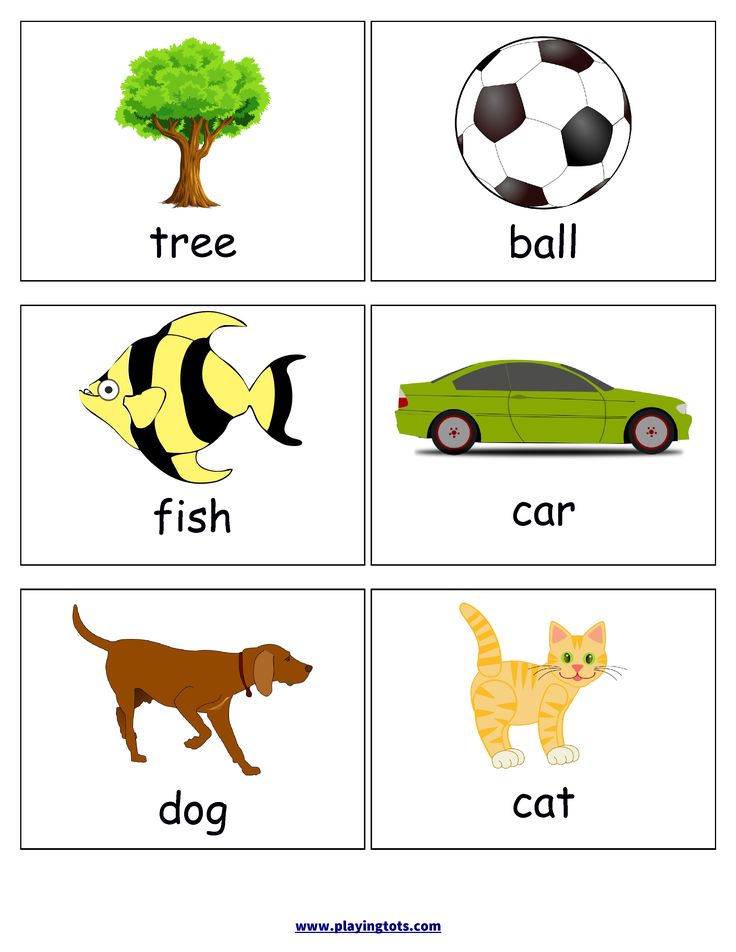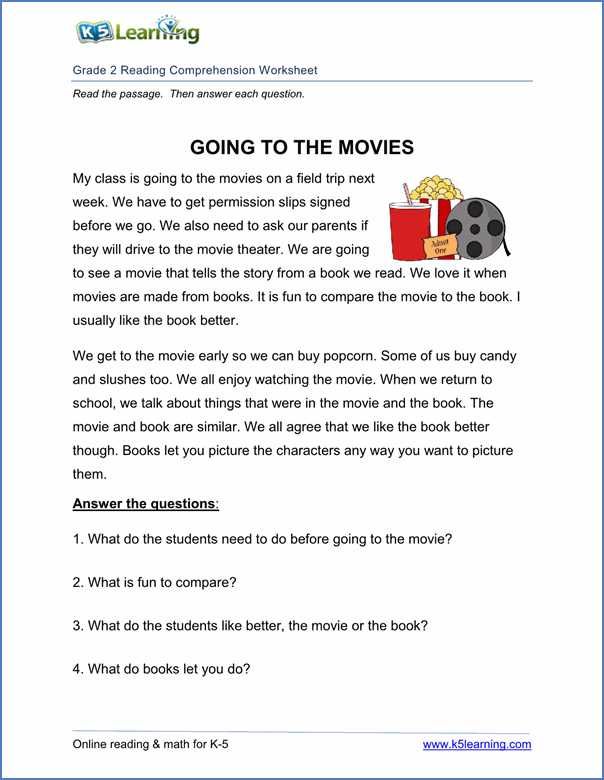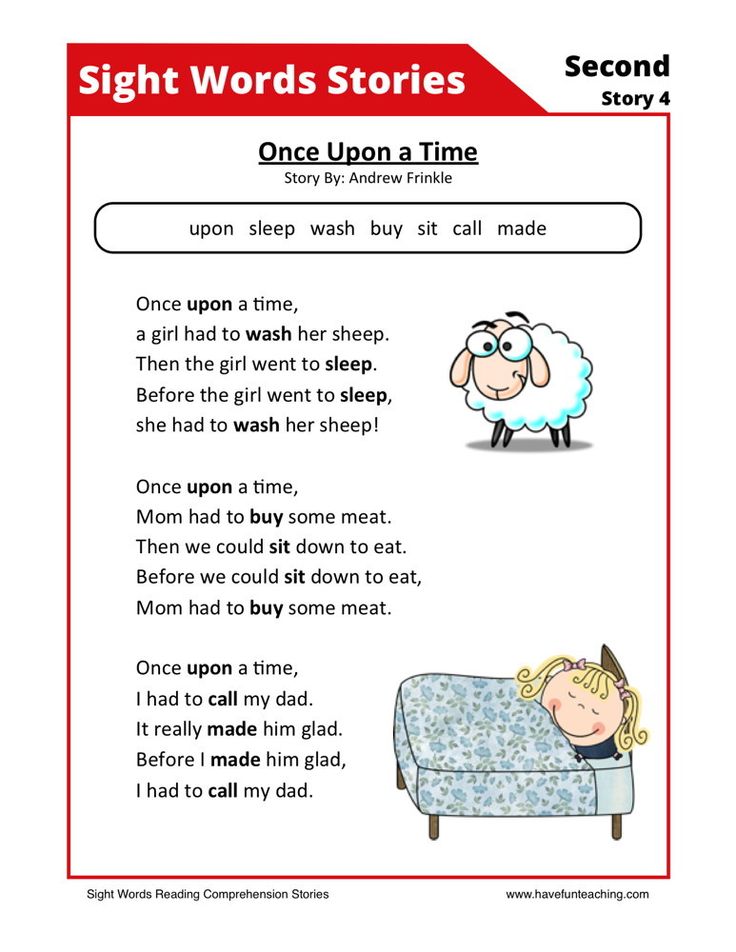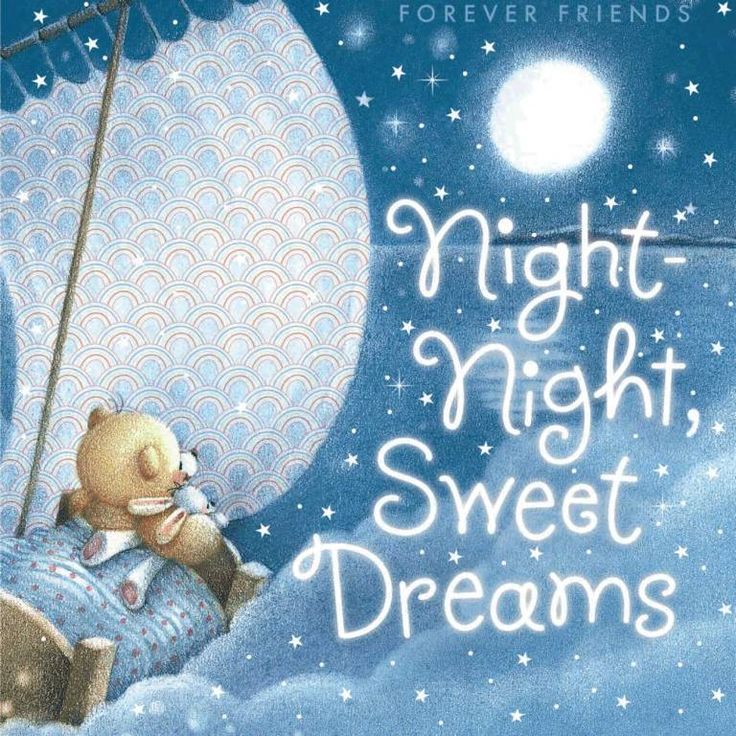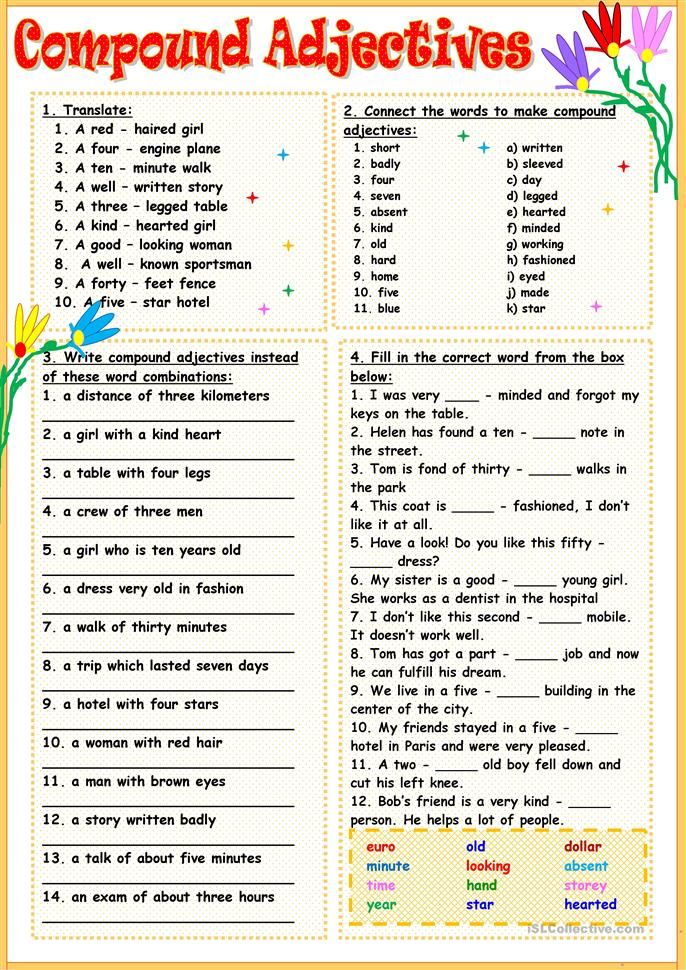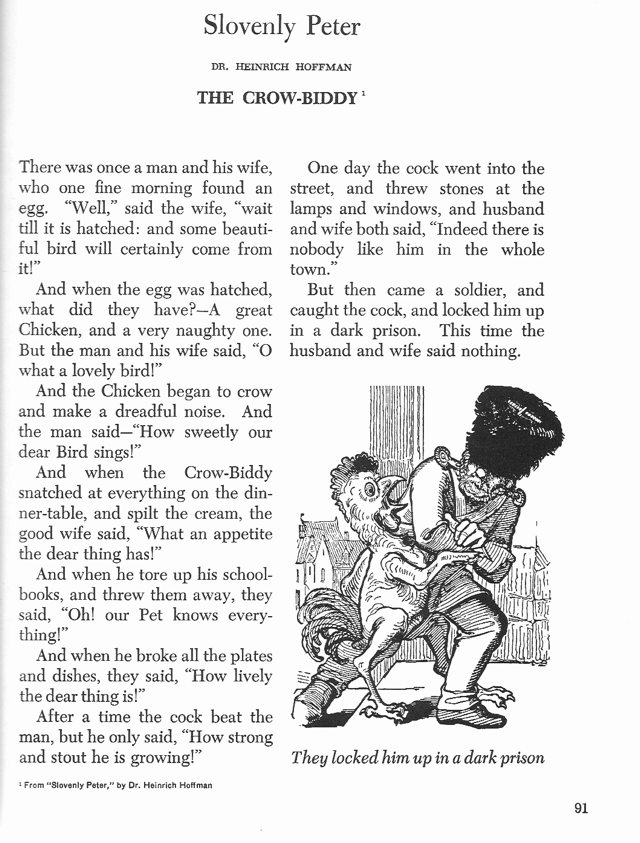Long vs short sounds
All About Short and Long Vowel Sounds for Preschoolers
Have you ever wondered or been asked by your child why ‘a’ in ‘cat’ and ‘cake’ sound different? Or why words like ‘cub’ and ‘cube’ are pronounced differently though their spellings are almost similar? Well, you are not alone!
The sounds of the letters of the English alphabet can vary quite a bit. In some cases, it can get tricky. Not all letters make the same sound in all words. Teaching preschoolers to read English can be challenging as the letters can make different sounds depending on how they are used. A case in point is the short and long vowel sounds for preschoolers. Read on to find out how your child can learn vowel sounds and recognize their differences.
Learning short and long vowel sounds- what are they?
Learning phonics sounds is getting to know all about all vowel and consonant sounds that make up the 26 letters of the English alphabet. Each of the 5 vowels (a, e, i, o, u) can make at least 2 sounds. For example, the vowel ‘a’ sounds different in ‘cat’ and ‘cake’. How we spell with vowels does not always determine the sound it makes.
Each vowel makes two sounds- a short sound and a long sound. In some cases, they can be silent too! When a vowel makes the sound of a particular letter, then it is a short sound. However, when the vowel sounds like the letter’s name, then it makes a long sound. The sound the vowel makes depends on its position in the word and the letters that surround it.
For example:- the ‘a’ in ‘fat’ and ‘e’ in ‘bed’ make short vowel sounds. While in ‘fate’ and ‘wheat’ they make the long vowel sounds.
So, based on where and the vowel is placed in a word, its length and sound can change. When teaching preschoolers to read, you must help them understand the rules for what sound the vowels make in different instances. Yes, short and long vowel sounds for kids can be confusing at times. However, regular practice with them to recognize the distinctions will help.
Rules to bear in mind while learning short and long vowel sounds
Here are some basic rules to help you introduce short and long vowel words for preschoolers. Do remember that rules have exceptions too.
Rule No.
Vowel Position
Vowel Sound
Examples
1.
When a word has only one vowel and ends with a consonant
Vowel makes a short sound
‘a’ in ‘jam’
‘e’ in ‘west’
‘o’ in ‘hot’
‘i’ in ‘fish’
‘u’ in ‘cup’
2.
When a word has two vowels separated by two or more letters
The first vowel makes a short sound
as in ‘apple’
as in ‘octopus’
as in ‘basket’
as in ‘elephant’
as in ‘umbrella’
3.
When a word ends with the letter ‘e’ (magic ‘e’/ silent ‘e’)
The first vowel makes a long sound
‘cap’ becomes ‘cape’
‘kit’ becomes ‘kite’
‘tub’ becomes ‘tube’
as in ‘game’
as in ‘time’
4.
When a word has two vowels walking together the first one does
the talking
The first vowel makes a long sound
The second vowel remains silent
as in ‘tie’
as in ‘boat’
as in ‘rain’
as in ‘value’
as in ‘feet’
Here's a long and short vowel sounds list: few more examples
Vowel
Short Vowel
Long Vowel
Aa
‘fat’, ‘map’, ‘hand’, ‘lamp’, ‘glass’
‘fate’, ‘pain’, ‘game’, ‘mail’, ‘whale’
Ee
‘egg’, ‘red’, ‘nest’, ‘bell’, ‘smell’
‘ear’, ‘sea’, ‘heal’, ‘weak’, ‘three’
Ii
‘pig’, ‘rib’, ‘fist’, ‘milk’, ‘swim’
‘hide’, ‘tile’, ‘lime’, ‘wipe’, ‘prize’
Oo
‘fox’, ‘hop’, ‘rod’, ‘drop’, ‘pond’
‘road’, ‘goat’, ‘bone’, ‘note’, ‘roast’
Uu
‘bud’, ‘gun’, ‘hug’, ‘dump’, ‘puff’
‘rule’, ‘true’, ‘dune’, ‘flute’, ‘fruit
Ways to teach short and long vowel soundsHere are some simple long and short vowel activities to introduce and practice the vowel sounds with your kids.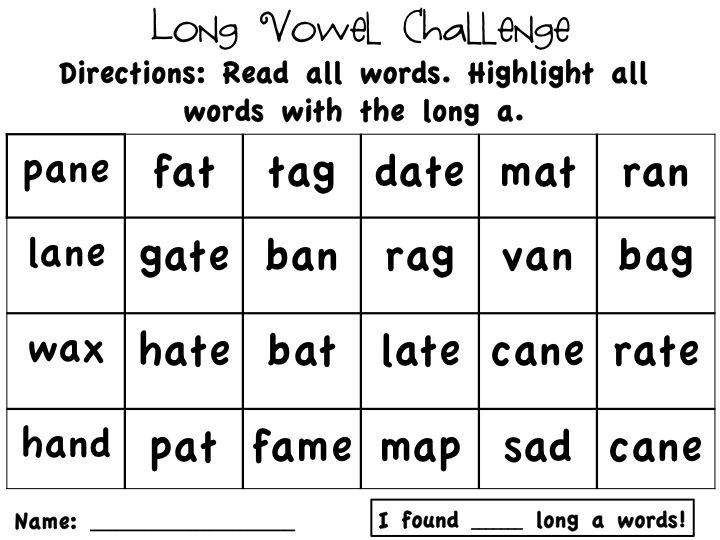
- Fun with Songs
Learning the different vowel sounds can be more fun with songs. They are one of the best ways to teach short and long vowel sounds, as their catchy rhythms can help kids learn vowel sounds and remember them easily. Check out Kutuki’s ‘Short and Long Vowel Song’ . This song is great for kids learning short and long vowel sounds.
For more such fun and engaging songs, download the Kutuki kids learning app now!
- Use hand motions or movements
Use simple gestures for every vowel. This can help kids associate the vowels with the motions and the sound they are making. In addition to working on their muscle memory, the kinesthetic activity makes learning more engaging for kids. For instance, have your child bend their knees when they hear a short vowel sound. For a long vowel sound, ask them to jump up and clap.
- Mark the vowels
It is useful to place a mark on top of the vowels.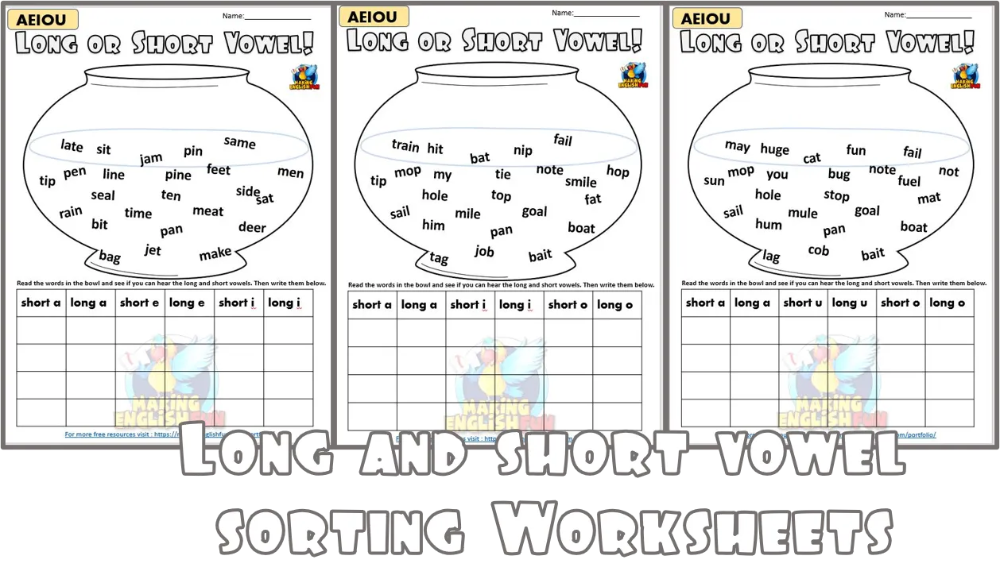 It indicates the vowel sound to be used. For instance, a short vowel sound is indicated by a curved symbol above the vowel-like ‘ă’ in ‘măn’. While a long vowel sound is represented by a small horizontal line above it, like ‘ā’ in ‘māin’. Such symbols will reinforce your kid’s ability to recognize and use the appropriate vowel sound effectively.
It indicates the vowel sound to be used. For instance, a short vowel sound is indicated by a curved symbol above the vowel-like ‘ă’ in ‘măn’. While a long vowel sound is represented by a small horizontal line above it, like ‘ā’ in ‘māin’. Such symbols will reinforce your kid’s ability to recognize and use the appropriate vowel sound effectively.
- Create Practice Sheets
Have your child practice the short and long vowel sounds using activity sheets. These help kids recognize, understand, and distinguish words with a long vowel sound from those with a short vowel sound.
Please Note: These worksheets are subject to copyright. They are exclusively available only for students enrolled in Kutuki’s Phonics Program.
Kutuki’s Live Phonics Program has an extensive collection of such worksheets. For instance, one such activity has kids circle given pictures that match the vowel sound. While another, have them add magic ‘e’ to the given word and match the word with the right image.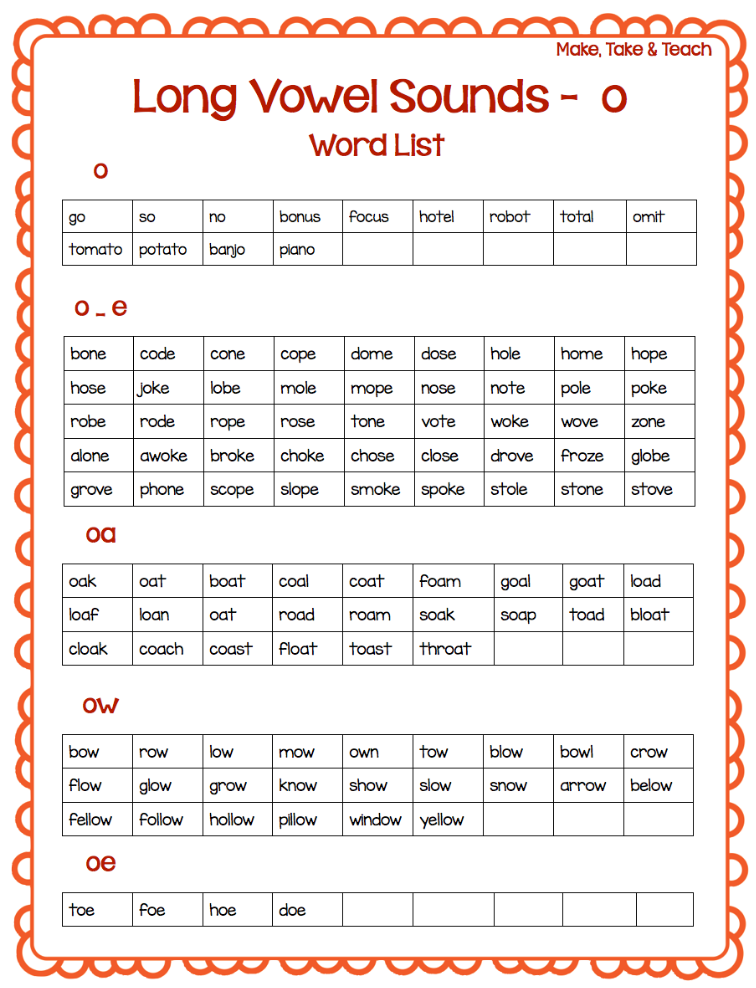
These are just a few activities to help you get started with short and long vowel sounds for preschoolers. If your child is struggling to learn vowel sounds, do not stress or overwhelm the child about it. Remember, every child learns at their own pace!
If you are looking for expert guidance on phonics for your child, enroll in Kutuki’s Live Phonics Program today. 1000s of students have become active readers. Your child could too! The Kutuki kids learning app offers interactive stories, engaging rhymes, and games with attractive animations and illustrations to meet the learning needs of preschoolers
» What’s the difference between short and long vowels?
» What’s the difference between short and long vowels?
Learning the building blocks of words - sounds, their spellings, and word parts
20 Replies
Phonics teaching materials often talk about "short" and "long" vowels, as though the latter are just extended versions of the former.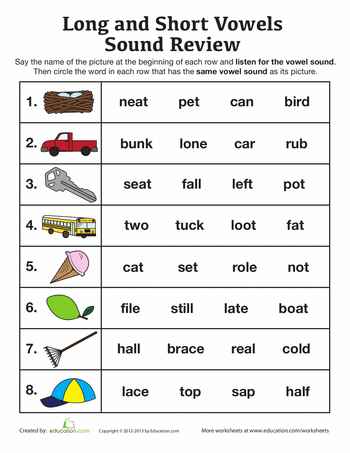
The five vowels usually called "short" are:
- "a" as in "cat",
- "e" as in "red",
- "i" as in "sit",
- "o" as in "not",
- "u" as in "bus".
The five vowels usually called "long", and which children are told "say their (letter) name", are:
- "a" as in "paper",
- "e" as in "be",
- "i" as in "find",
- "o" as in "go",
- "u" as in "human".
But are we talking about sounds here, or particular spellings of these sounds?
If "short" vowels are sounds (regardless of spelling), then the following are short vowels too:
- "a" spelt as in "plait", "salmon", and "Fahrenheit",
- "e" spelt as in "bread", "said", "says", "any", "leopard", "heifer", "friend", and "bury",
- "i" spelt as in "gym", "pretty", "busy", "sieve", and "women",
- "o" spelt as in "want", "because", and "entree",
- "u" spelt as in "front", "young", "blood", and "does".
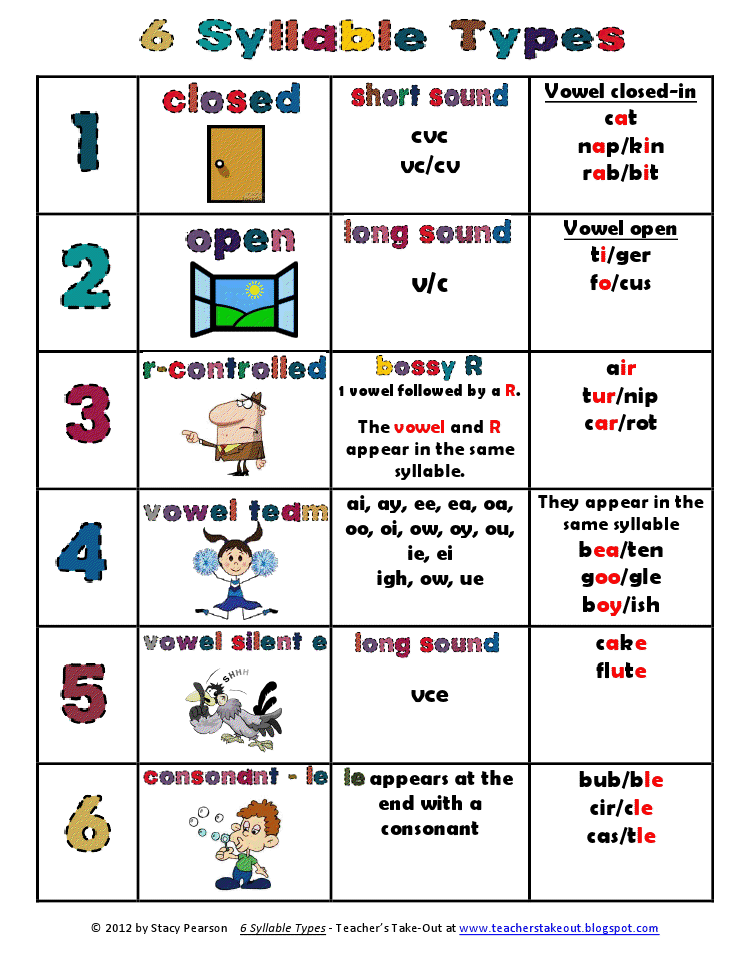
Following the same logic, the following are also "long" vowels:
- "a" spelt as in "make", "rain", "say", "they", "eight", "vein", "break", "fete", "cafe", "puree", "sundae", "gauge", "gaol", and "straight".
- "e" spelt as in "bee", "eat", "field", "these", "ski", "funny", "turkey", "protein", "marine", "paediatric", and "amoeba",
- "i" spelt as in "like", "by", "pie", "high", "type", "bye", "bonsai", "feisty", "height", "kayak", "eye", "iron", "tae kwondo", and "naive".
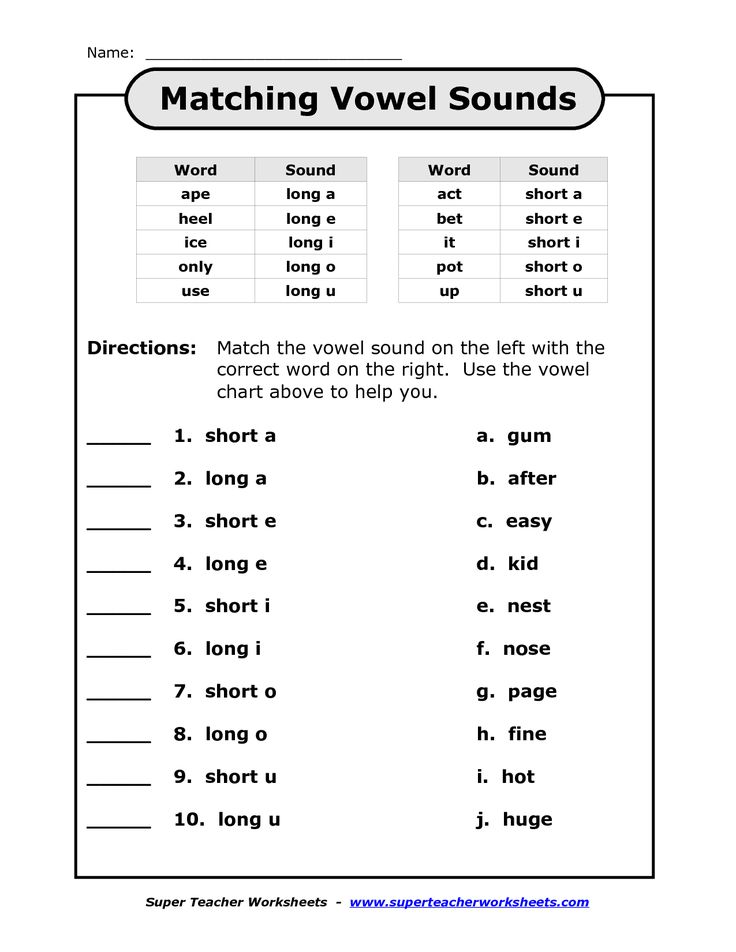
- "o" spelt as in "home", "boat", "goes", "glow", "plateau", "mould", "mauve", "though", "folk", "brooch", "owe", "sew" and "Renault".
- "u" spelt as in "use", "few", "cue", "feud", "you", "beauty", "nuisance", "ewe", "vacuum".
Try saying "capped-caped", "dinner-diner", "bellow-below" (stressing both syllables in "below"), hopping-hoping and "cutter-cuter".
The spoken versions don't just differ by length, and the written words with "short" vowels are actually longer, due to their double letters.
The terms "short" and "long" are misleading and confusing.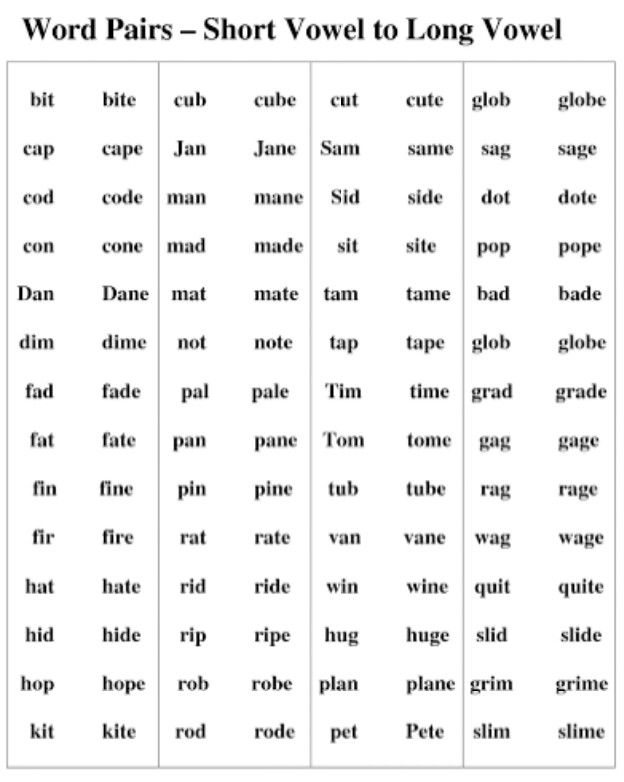 These vowels are not short and long versions of each other.
These vowels are not short and long versions of each other.
They're completely different vowels
If you stretch out an "a" as in cat, you don't get an "a" as in paper.
"A" as in "cat" is a low front pure vowel, and "a" as in paper is a diphthong (two vowels run together) which moves from low to high in the front of the mouth.
The same goes for the other "short-long" pairs. The long" vowel "e" as in "be" is a pure vowel, but "i" as in "find" and "o" as in "go" are both diphthongs.
The sound "u" as in "human" is actually a consonant-vowel combination ("y" as in "yes" plus "u" as in "hula"), which makes sense of the spelling of "you", but not most of its other spellings. Which part of the letter "u" in "human" is representing the "y" sound, and which part the "ooh"? For learning-spelling purposes it's counterproductive to slice it so finely. However, children will often hear the "y" and want to write it, and teachers need to know that it's not a figment of childish imaginations, there really is a "y" sound in "new" (unless you speak American English).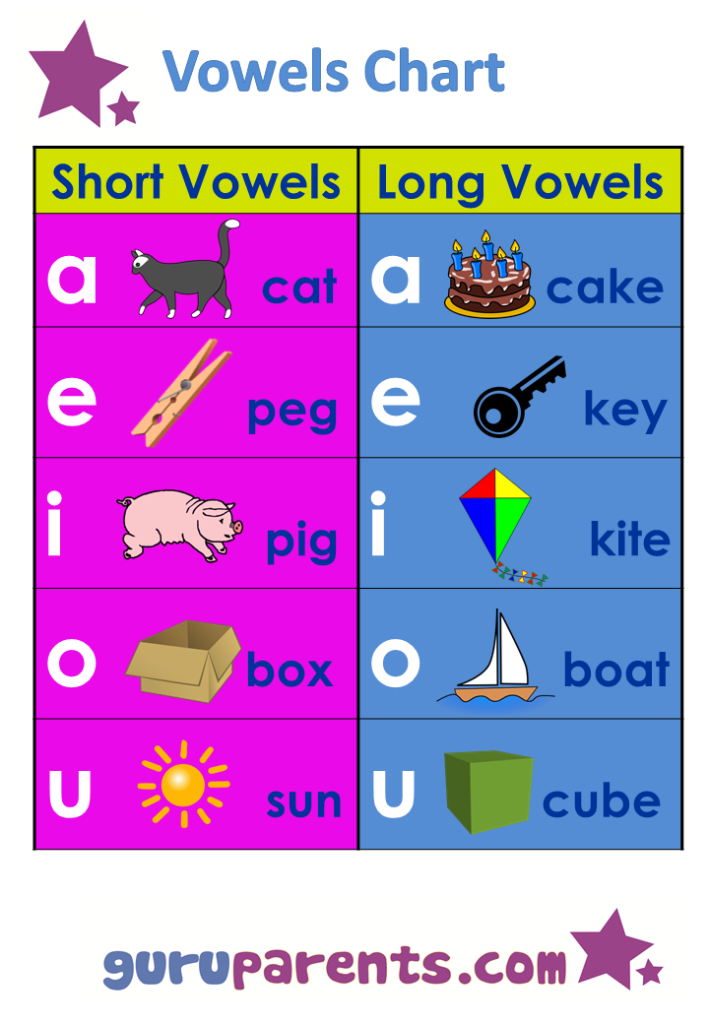
Why people think "short" vowels are short
The "short" vowel sounds cannot occur at the end of a syllable in English. They must be followed by a consonant.
In linguistics, they are called "checked" vowels. We actually have six of them, the other one being "u/oo" as in "put" or "good".
Since we only have five vowel letters, but we have 20 vowel sounds, we have to use syllable position and letter-combining to get a bit of clarity around which sounds we mean.
Often we use vowel combinations like ai, ee, ea, ie, oa, oo, oe and ue.
Often we use a vowel plus a letter Y, W, R or L, as in ay, ey, oy, aw, ew, ow, ar, er, ir, or, ur, and sometimes al (as in calm or walk) and ol (as in yolk).
The letters Y, W, R and L otherwise represent consonants that are quite open and vowel-like.
Well, actually, the letter Y by itself is almost always a vowel spelling (as in "by", "baby" and "gym"), but not at word beginnings, where people writing "X is for xylophone" type alphabet books tend to focus.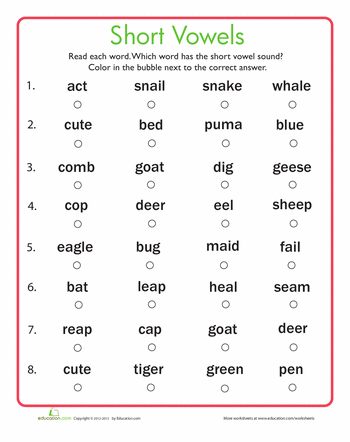
A doubled consonant letter (ff, ss, ll, zz etc) usually indicates that the vowel before it is a "short" vowel, i.e. it's not an open syllable, it ends with a consonant (as per the "capped-caped" etc example above).
What about the other vowels?
In the dialect I speak, there are twenty vowel sounds, not ten. The missing-in-action ones in the five-short-five-long classification are:
- "oo" as in "good", "put", "could", "wolf".
- "ooh" as in "moon", "flute", "chew", "soup", "hula", "blue", "fruit", "to", "lose", "shoe", "sleuth". This tends to get lumped in with "long u" as it shares some spellings and is one of the two sounds in the letter name U ("y" + "ooh").
- "ar" as in "car", "pass", "calm", "heart", "are", "baa", "aunt", "galah" and "clerk".
- "er" as in "her", "first", "nurse", "works", "early", "journal", "were", "masseur" and "myrtle".
- "aw" as in "for", "saw", "more", "all", "launch", "four", "warm", "door", "walk", "bought", "caught", "board", "dinosaur", "broad", "sure" and "awesome".
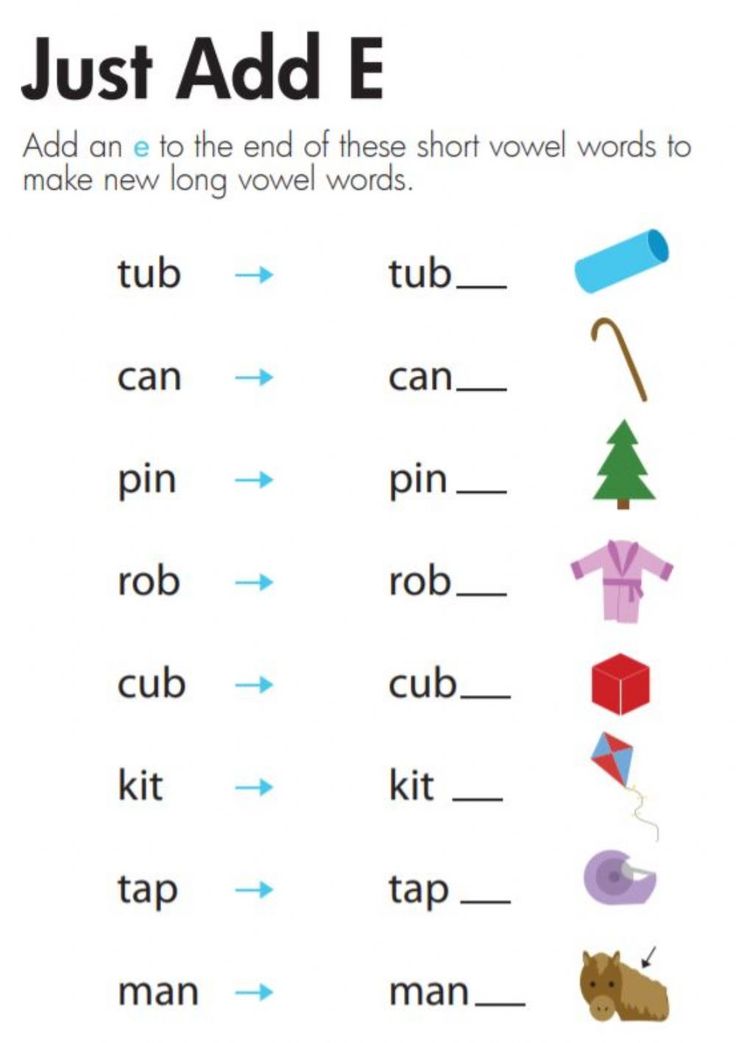
- "ou" as in "loud", "cow", "drought", "Maori", "sauerkraut" and "miaow".
- "oy" as in "boy" and "coin".
- "air" as in "care", "hair", "there", "bear", "parent", "aeroplane", "millionaire", "their", "prayer" and "mayor".
- "ear" as in "deer", "hear", "fierce", "here", "bacteria", "weird" and "souvenir".
- The unstressed vowel in words of more than one syllable, or unstressed grammatical words like "a" and "the", which can be spelt using any vowel spelling. Think of the last syllable in "butter", "actor", "collar", "sofa", "centre", "flour", "tapir", "murmur" and "picture". As long as children get a solid grounding in the other vowel spellings, they can then use this knowledge to tackle the unstressed vowel, and in their "spelling voice" say "buttER", "actOR", "collAR" etc. There is no need to teach the unstressed vowel as a separate Thing, like this (this is from a THRASS chart):
If the other 19 vowel sounds and their spellings are not all taught systematically and well, expect some students to have a lot of trouble spelling the unstressed vowel.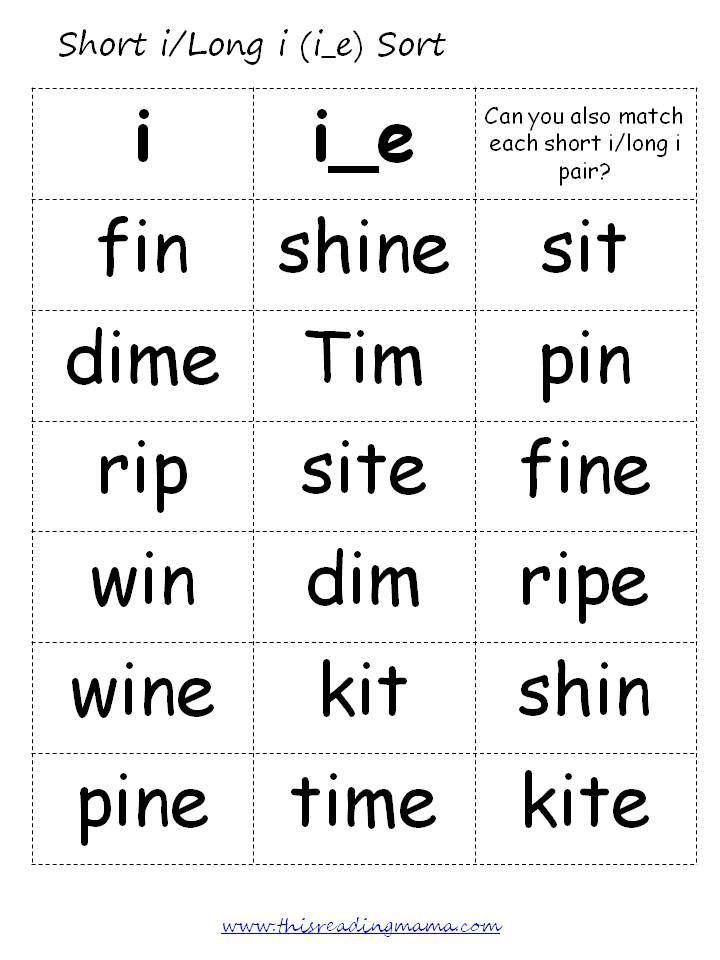 It's what signwriters get wrong all the time.
It's what signwriters get wrong all the time.
Adults can use the terms "short vowel" and "long vowel" among ourselves if we like, but I don't think it's helpful to teach this misleading and confusing terminology to children.
Instead, we can just say the sounds ("the sound ay", "the sound oy" etc) and teach children all the main spelling patterns for each sound, systematically and explicitly, before the end of their third year of schooling. This will be extremely bad for my business, but hey, the people at school will be among the ones giving out pills in my nursing home. I want them literate.
« Reorganising high-frequency word lists
Long and short sounds | Outline of a lesson in music on the topic:
Open lesson in music
for students in grades 1-4
Prepared and conducted by a music teacher
1 qualification category
Kraineva Larisa Albertovna
Themes of the lesson: Sounds and lessons "short"
Purpose of the lesson: Acquaintance of students with the concepts of "long", "short" sound; mastering the durations “quarter” and “eighth”.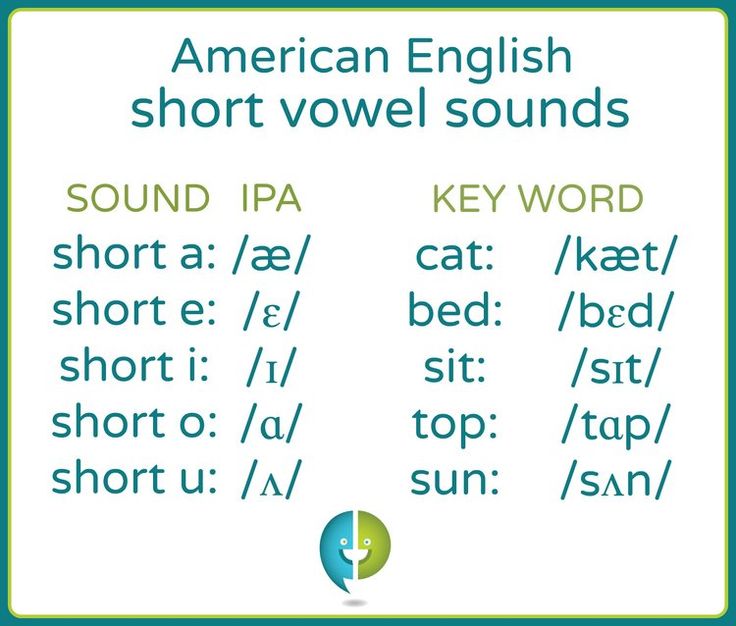
Tasks:
- To cultivate auditory attention, endurance, to develop the creative activity of the student.
- Learn to distinguish between long and short sounds during your own performance of a familiar song.
- Learn to clap a rhythm according to a given pattern.
- Learn to distinguish between slow and fast music during musical rhythmic movements.
Lesson plan:
- A story about “short” and “long” sounds.
- Listening to musical examples. Definition of a cheerful and calm melody.
- We play together: “ti-ti-ta” – we clap our hands for short sounds, we put long ones on our knees.
- We play rhythmic patterns according to the indicated patterns.
- Make up a song using “long” and “short” sounds for a quatrain:
Tara-ra, Tara-ra
Tractors are leaving,
We will plow the land
We will sow rye.
Equipment: button accordion, tape recorder, drawing-blank with the image of a cloud, diagram of a rhythmic pattern.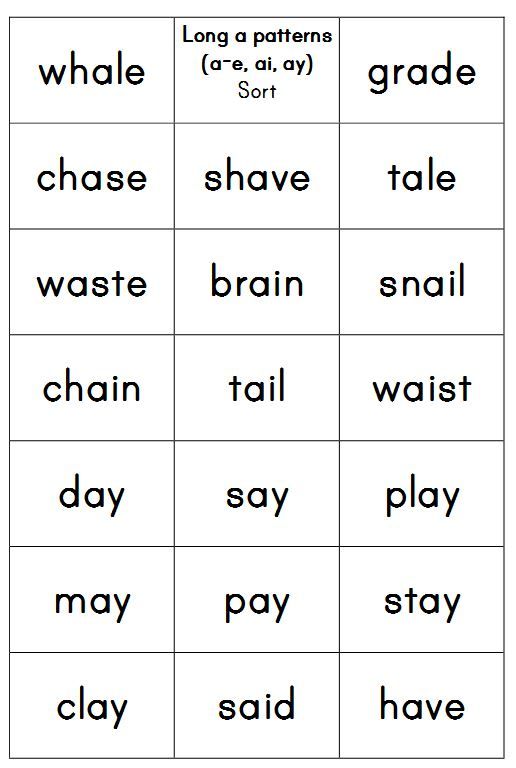
Musical material: "March" by M. Robert, audio recording of the sounds of rain, P. Tchaikovsky "Disease of the Doll", Hungarian Nar. melody "After the Rain", "Autumn", op. And Plakidy, music. And Kishko.
Lesson progress:
1) Walking on the spot, under the "March" by M. Robert,
2) Greeting: the word "Hello" sing slowly (long sounds), and quickly (short sounds)
Teacher: Hello, Guys! Today we will learn about very interesting sounds that surround us in everyday life, which we hear and see. I will tell you a story about friends who lived in the same yard, went to the same kindergarten and music school, their names were Yura, Maxim and Kostya.
Once friends were going out for a walk while they were getting dressed, a strong wind came up, the clouds frowned and were about to cry, the sun hid, it became gray and dull in the yard. The clouds darkened even more, puffed up and burst into tears. It started to rain, so… wow. The guys were upset, sat on the windowsill and began to look out the window. Yura and Maxim turned out to be very observant, the rain was so heavy that the drops seemed to be drawn from the very sky, they were long, long and ended only when they hit the ground with a large point.
Yura and Maxim turned out to be very observant, the rain was so heavy that the drops seemed to be drawn from the very sky, they were long, long and ended only when they hit the ground with a large point.
It was raining for a long time, the guys began to sing a “lullaby” song so that the rain would fall asleep and end as soon as possible. The clouds heard a song and began to fall asleep. The sun showed one eye, then the other, smiled and began to warm the cloud with its sunlight.
It was then that Kostya noticed that the droplets had become small and short. And the guys sang another song, about "Sparrow". They began to jump and rejoice that the rain was over, the sun came out and you can go for a walk!
Guys, let's draw a story of rain (the teacher brings a blank drawing)
Teacher: What color will we draw long drops? (in blue). What color will we draw short droplets? (blue). And so: some children draw long drops from the cloud with a blue pencil, other children draw short droplets with a blue pencil.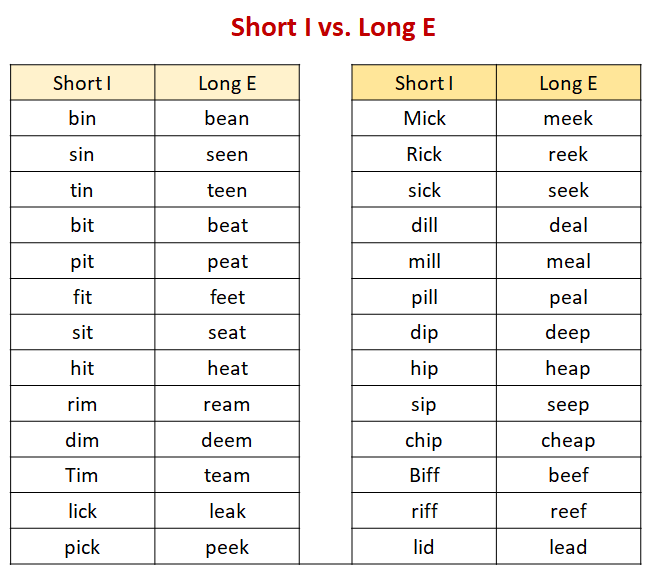
Teacher: And now, let's listen to the sound of rain in nature (heavy rain) and when the rain stops (raindrops).
4) Listening to the sounds of rain.
Task: identify long jets and short drops by sounds.
You can also depict rain in music. Guys, let's listen to the music and determine where the “long” sounds could be, and where the “short” ones (slow piece, fast piece, slow piece).
1) P. Tchaikovsky "Doll's illness".
2) Hungarian nar. Melody "After the rain".
(Determining the nature of the pieces, the children perform rhythmic movements while the music is playing.)
Question: Please tell me: - What is the character in the first melody? What is the character in the second melody? (Children's answers)
Teacher: Guys, we have learned about “short” and “long” sounds. And now we will try to slap the rhythmic pattern according to the patterns (draw on the board and distribute cards with the rhythm pattern). And we will say the following words: we say “TI-TI” for a “short” sound, and “TA” for a long one.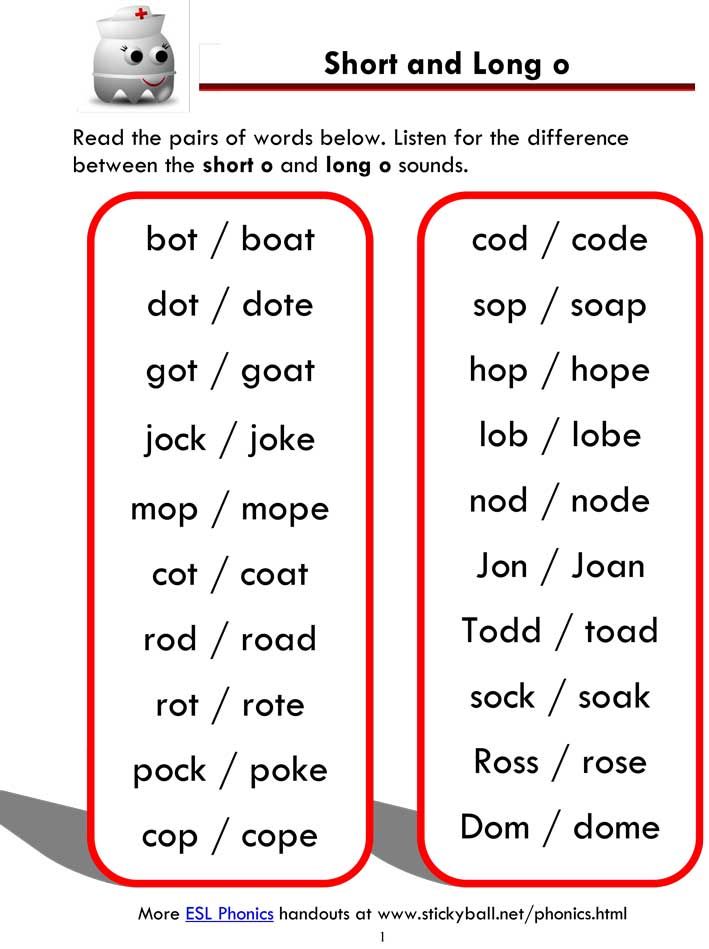 The game "TI-TI-TA" is being played. We clap our hands on the syllables “TI-TI”, these are “short” sounds, on the syllable “TA” - we put our hands on our knees, these are “long” sounds.
The game "TI-TI-TA" is being played. We clap our hands on the syllables “TI-TI”, these are “short” sounds, on the syllable “TA” - we put our hands on our knees, these are “long” sounds.
5) Performing songs.
Learn the song "Autumn", lyrics. And Plakidy, music. And Kishko. Work on the melody, take the breath correctly.
Teacher: Well done, you sang all the songs, performed them correctly and were attentive. Let's remember, guys, what kind of rain did you draw?
The children answer.
Lesson summary: What sounds did we talk about in class? What is the name of the music we listened to? Remember the name of the song
Literature:
1) Kaplunova I.M. "This amazing rhythm": A book for a teacher and musical director of a kindergarten.-S-P .: Ed. "Composer", 2005
2) Mikhailova M.A. Development of musical abilities in children. A popular guide for parents and teachers. Yaroslavl: Academy of Development, 1997
3) Root Z.Ya. Musical and didactic games for preschool children. A guide for musical leaders.-M., 2004
A guide for musical leaders.-M., 2004
Short and long sounds
Short and long sounds
Purpose of the lesson: Acquaintance of students with the concepts of "long" ( " long”), and “short” sound; mastering the durations “quarter” and “eighth”.
Tasks:
To cultivate auditory attention, endurance, to develop the student's creative activity.
Learn to distinguish between long and short sounds during your own performance of a familiar song.
Learn to clap a rhythm according to a given pattern.
Learn to distinguish between slow and fast music
Lesson plan:
A story about “long” and “short” sounds.
Listening to musical examples. Definition of a cheerful and calm melody.
We play together: “ti-ti-ta” - we clap our hands for short sounds, we put long ones on our knees.
We play rhythmic patterns according to the indicated patterns.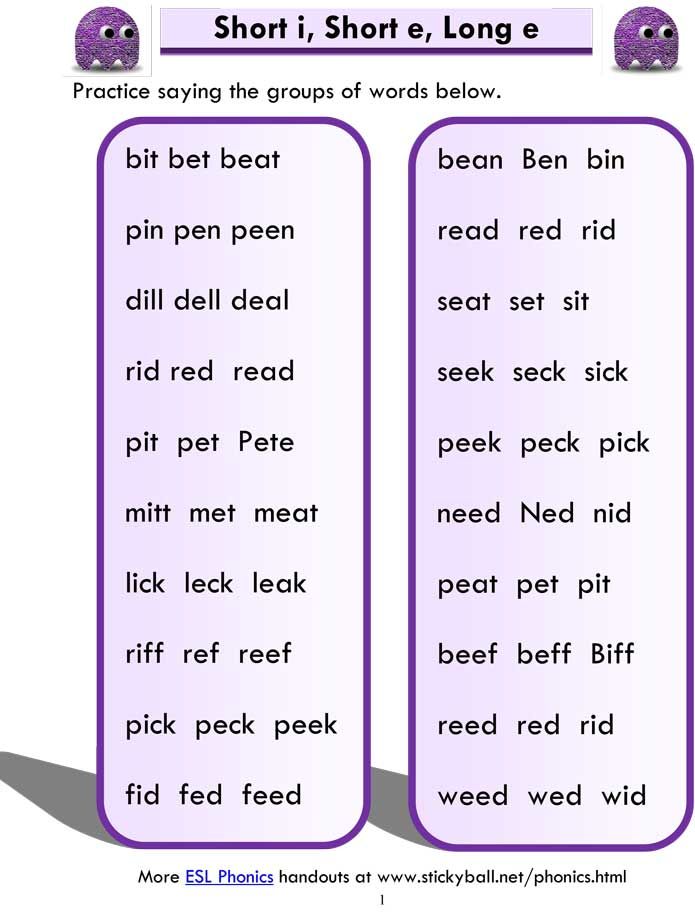
Make up a song using “long” and “short” sounds for a quatrain:
Tara-ra, Tara-ra
Tractors are leaving,
We will plow the land
We will sow rye.
Equipment: tape recorder, drawing-blank with the image of a cloud, diagram of a rhythmic pattern.
Musical material: "March" by M. Robert , audio recording of the sounds of rain, P. Tchaikovsky "Doll's illness", Hungarian Nar. melody "After the Rain", "Autumn", op. And Plakidy, music. And Kishko.
Lesson progress:
1) Walking in place, under "March"
0003
Today we will learn about very interesting sounds that surround us in everyday life, which we hear and see. I will tell you a story about friends who lived in the same yard, went to the same kindergarten and music school, their names were Yura, Maxim and Kostya.
Once friends were going out for a walk while they were getting dressed, a strong wind came up, the clouds frowned and were about to cry, the sun hid, it became gray and dull in the yard.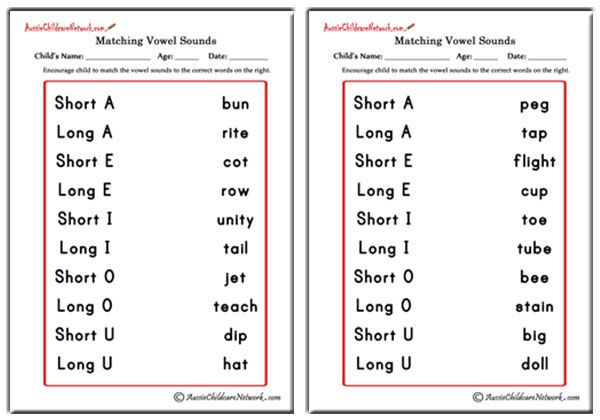 The clouds darkened even more, puffed up and burst into tears. It started to rain, so… wow. The guys were upset, sat on the windowsill and began to look out the window. Yura and Maxim turned out to be very observant, the rain was so heavy that the drops seemed to be drawn from the very sky, they were long, long and ended only when they hit the ground with a large point.
The clouds darkened even more, puffed up and burst into tears. It started to rain, so… wow. The guys were upset, sat on the windowsill and began to look out the window. Yura and Maxim turned out to be very observant, the rain was so heavy that the drops seemed to be drawn from the very sky, they were long, long and ended only when they hit the ground with a large point.
It was raining for a long time, the guys began to sing a “lullaby” song so that the rain would fall asleep and end as soon as possible. The clouds heard a song and began to fall asleep. The sun showed one eye, then the other, smiled and began to warm the cloud with its sunlight.
It was then that Kostya noticed that the droplets had become small and short. And the guys sang another song, about "Sparrow". They began to jump and rejoice that the rain was over, the sun came out and you can go for a walk!
Guys, let's draw a story of rain (the teacher brings a blank drawing)
- What color will we draw long drops? (in blue).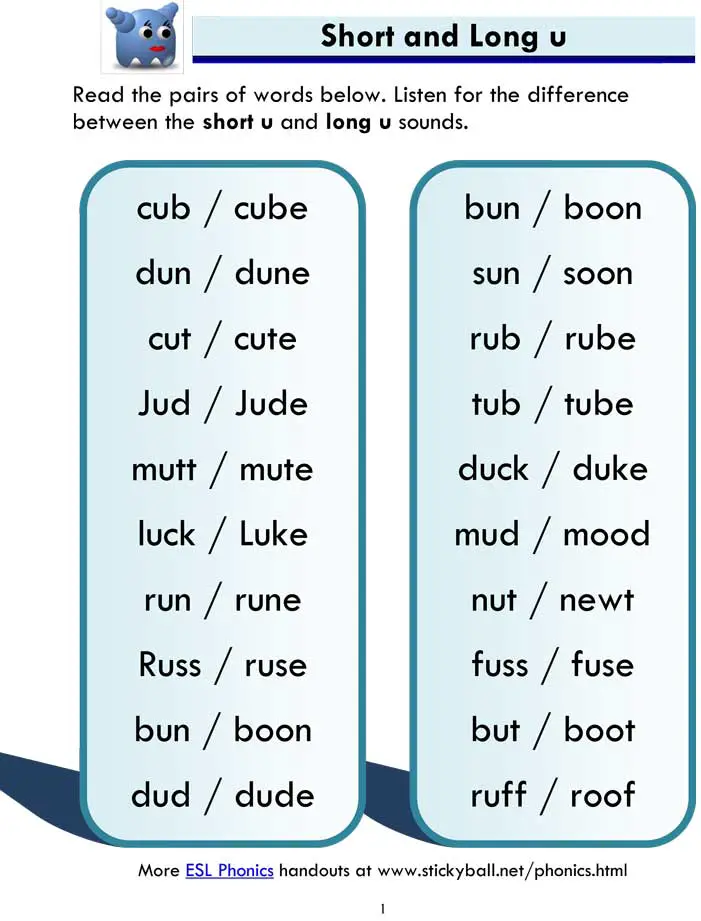 What color will we draw short droplets? (blue). And so: some children draw long drops from the cloud with a blue pencil, other children draw short droplets with a blue pencil. : And now, let's listen to the sound of rain in nature (heavy rain) and when the rain stops (raindrops).
What color will we draw short droplets? (blue). And so: some children draw long drops from the cloud with a blue pencil, other children draw short droplets with a blue pencil. : And now, let's listen to the sound of rain in nature (heavy rain) and when the rain stops (raindrops).
Listening to the sound of rain.
Let's listen to the music and determine where could be "long" sounds, and where "short" ones (slow piece, fast piece, slow piece).
1) P. Tchaikovsky "Doll's illness".
2) Hungarian nar. Melody "After the rain".
(Determining the nature of the pieces, the children perform rhythmic movements while the music is playing.)
Question: Please tell me: - What is the character in the first melody? What is the character in the second melody? (Children's answers)
Guys, we have learned about “short” and “long” sounds. And now we will try to slap the rhythmic pattern according to the diagrams (draw a rhythm diagram on the board).